The branding and marketing of luxury bags significantly differ from that of more affordable options in several key ways. These differences reflect not only the target audience and price points but also the values and aspirations tied to each category. Here's a breakdown:
1. Target Audience and Positioning
-
Luxury Bags:
- Target high-net-worth individuals or aspirational consumers seeking status and exclusivity.
- Emphasize rarity, craftsmanship, and heritage.
- Use aspirational messaging that aligns with a luxurious lifestyle.
-
Affordable Bags:
- Target middle-income or budget-conscious consumers.
- Focus on practicality, affordability, and functionality.
- Messaging often highlights value for money and versatility.
2. Brand Story and Heritage
-
Luxury Bags:
- Highlight a long-standing heritage, history, and artisanal craftsmanship.
- Often tied to a designer's personal story or the brand’s legacy.
- Employ storytelling that evokes emotional connection and prestige.
-
Affordable Bags:
- Focus on contemporary design, innovation, or catering to the everyday needs of a wide audience.
- Branding may not emphasize history but instead highlight modernity and accessibility.
3. Product Design and Differentiation
-
Luxury Bags:
- Designs are often timeless, with iconic silhouettes that remain consistent over decades.
- Materials are premium (e.g., exotic leathers, rare metals) and handcrafted.
- Limited editions and collaborations enhance exclusivity.
-
Affordable Bags:
- Trend-driven designs with seasonal updates to attract price-sensitive consumers.
- Materials may be synthetic or mass-produced to keep costs low.
- Differentiation relies on variety and functionality rather than exclusivity.
4. Marketing Channels and Strategies
-
Luxury Bags:
- Heavy reliance on experiential marketing, such as exclusive events, fashion shows, and pop-up boutiques.
- Focus on celebrity endorsements, influencers with high social status, and carefully curated social media campaigns.
- Limited advertising that appears in high-end fashion magazines or luxury platforms.
- Digital content emphasizes storytelling and artistic expression rather than overt selling.
-
Affordable Bags:
- Widespread advertising across traditional (TV, print) and digital channels.
- Collaborations with mainstream influencers and micro-influencers to reach diverse demographics.
- Campaigns are often direct, showcasing discounts, deals, or utility.
- Social media strategies focus on user-generated content, reviews, and promotions.
5. Retail Experience
-
Luxury Bags:
- Exclusive boutiques with highly personalized customer service.
- Packaging is part of the luxury experience, often featuring elaborate designs and premium materials.
- Online shopping includes virtual consultations or VIP services.
-
Affordable Bags:
- Available in department stores, multi-brand retailers, and online marketplaces.
- Focus on convenience and accessibility over exclusivity.
- Packaging is practical and often minimalistic to reduce costs.
6. Price Justification
-
Luxury Bags:
- Justified through perceived value: superior quality, craftsmanship, brand prestige, and scarcity.
- Price acts as a barrier to entry, enhancing the desirability and perceived worth.
-
Affordable Bags:
- Price points reflect mass-market production, emphasizing affordability and functionality.
- Discounts and sales play a significant role in driving volume-based sales.
7. Emotional Appeal
-
Luxury Bags:
- Positioned as aspirational symbols of success, power, and sophistication.
- Evoke a sense of belonging to an exclusive community.
-
Affordable Bags:
- Positioned as solutions for everyday needs, catering to practicality and personal expression.
- Evoke feelings of satisfaction and smart purchasing decisions.
In summary, luxury bags rely on exclusivity, heritage, and aspirational storytelling, while affordable bags prioritize practicality, accessibility, and trend-driven marketing. Each approach is tailored to resonate deeply with their respective target audiences, reflecting their unique desires and buying motivations.

